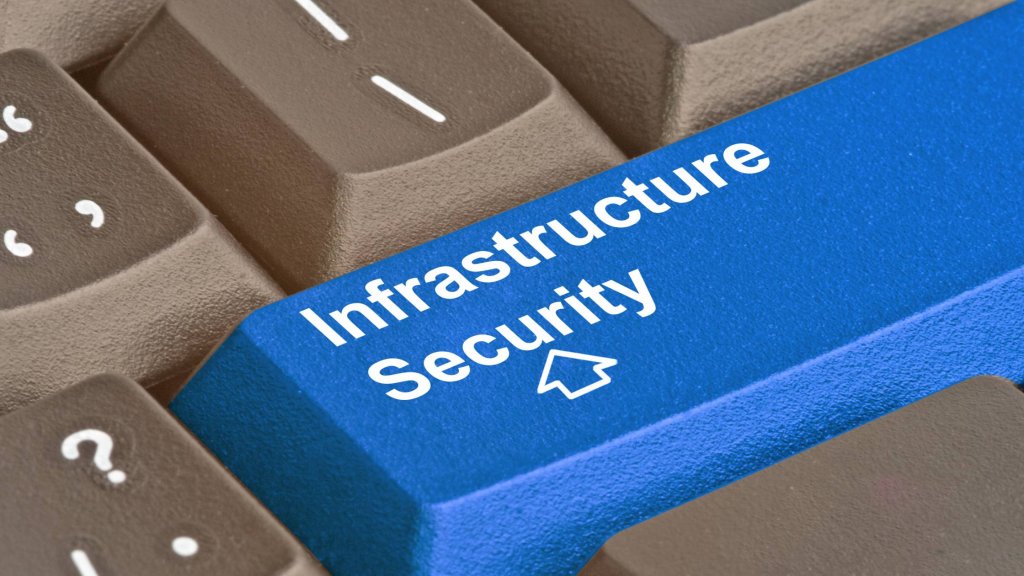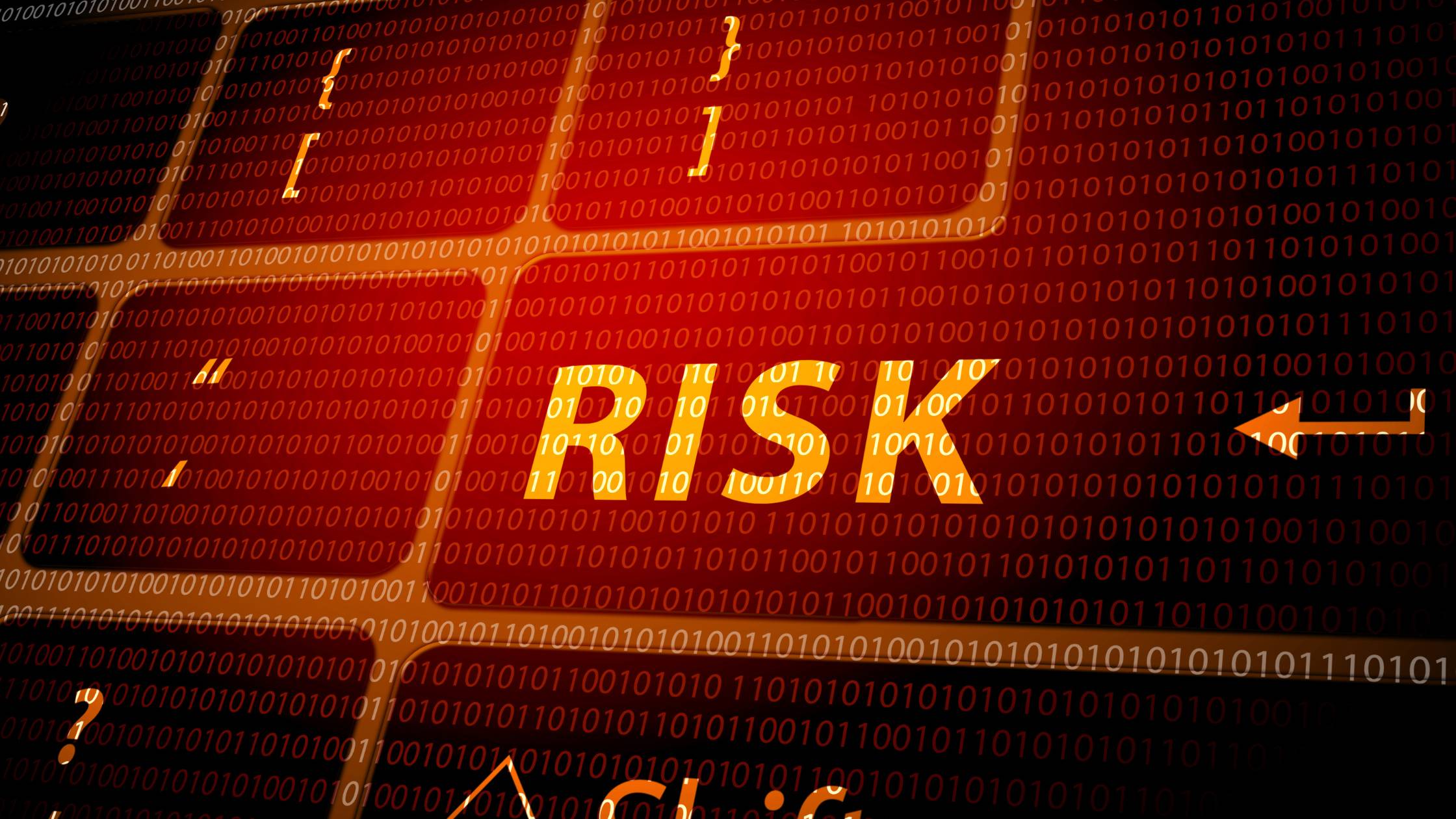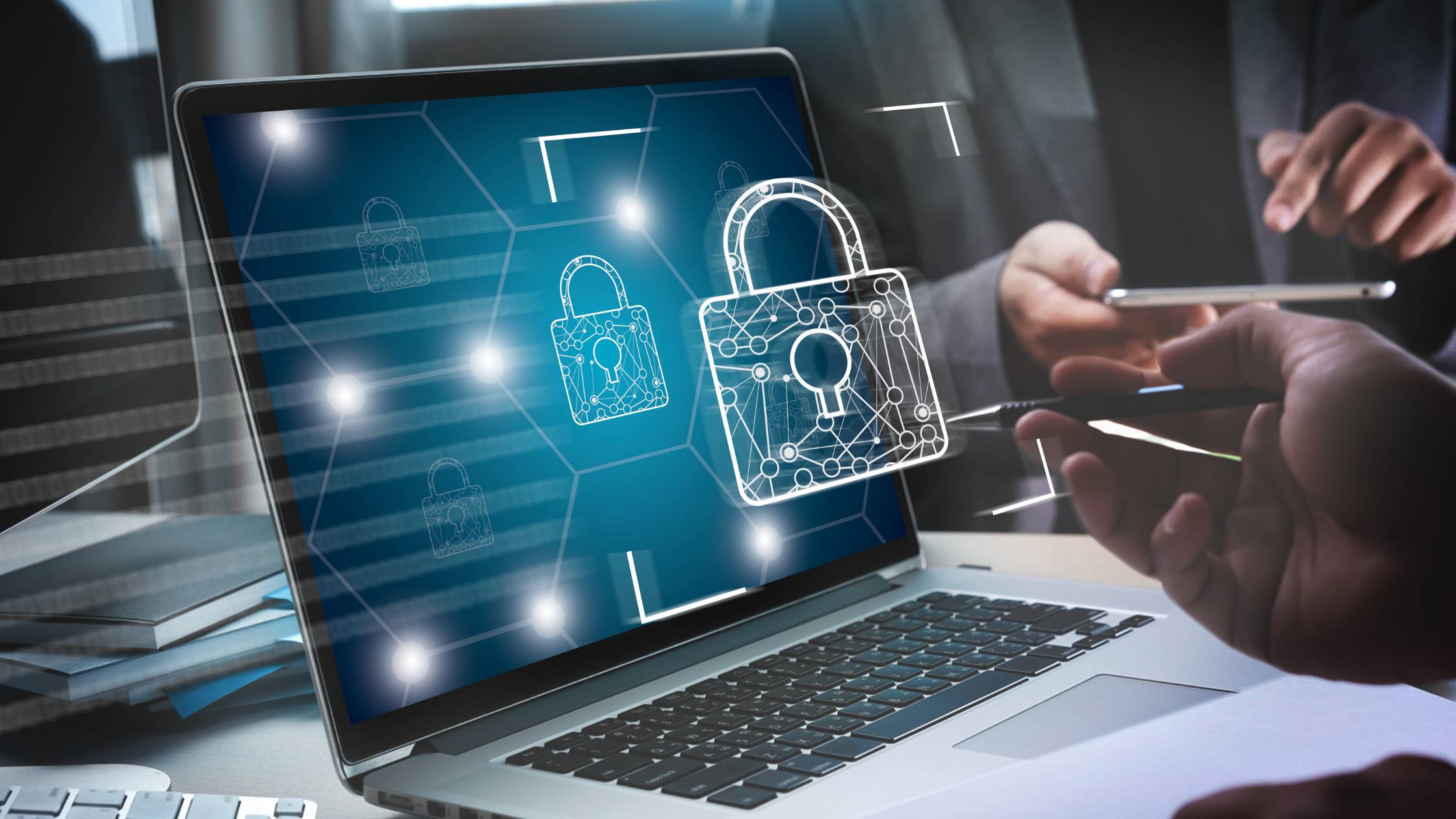VIEW BY TOPIC
- Finding Customers
- Business Systems
- Managing Employees
- Leadership
- Managing Money
Related Posts

Ready to Grow Your Business Fast?
Here’s How I Grew Five Businesses, and Eventually Sold One to a Fortune 500 Company.

Handling Infrastructure Security At Your Business
In 2023, cybersecurity issues and potential threats are more rampant than ever. Every day, a company gets attacked by ransomware or threatened by a data breach. Consumer information gets stolen. Organizations lose money. And vital industries like healthcare are negatively impacted. Many companies use extended detection and response (XDR) to keep threats at bay. Others use software. Still others utilize dedicated and knowledgeable teams to prevent attacks at the organizations. But the best companies will protect their infrastructure by using a combination of all these and more. In this article, we’ll discuss how to handle infrastructure security at your business. Keep reading to learn more about bolstering your cybersecurity practices.
Secure User Access with Infrastructure Security
Appropriately handling infrastructure security at your business requires taking vital security measures like securing user access. Securing user access is important because it helps prevent unauthorized access to sensitive information, thereby reducing the risk of data breaches and insider threats that could adversely affect your organization. Securing user access also allows companies to manage user permissions, prevent unauthorized devices on a network, and stop unauthorized access in its tracks. It can also be useful for keeping a company compliant with certain industry regulations or standards. When companies fail to comply with some of these measures, it can result in fees or possible legal trouble. That can also lead to financial damage and worse. Fortunately, securing user access is pretty easy to do by using IAM (identity and access management) controls. These can be as simple as implementing a zero trust policy and requiring complex passwords to adopting the principle of least privilege and multifactor authentication for all users.
Endpoint Protection

Another topic that often comes up when discussing infrastructure security is endpoint protection. A big part of endpoint security involves protecting devices and endpoints that connect to your organization’s network. With remote work being such a prominent thing these days, people from all over the world might have access to your company’s infrastructure. That means that there are more potential attack services and vectors that could be a problem in the event of a data breach. Fortunately, securing these endpoints isn’t as difficult as it might seem. Anything connected to your network could be considered an endpoint. This might be a laptop or desktop computer used by remote employees. It could be a device on your company’s internet of things. It could be anything. That means you must be able to identify the items that are connected to the network to provide better endpoint security. More than that, you must have a strong plan in place to prevent unauthorized access to these devices. And point security also involves monitoring and managing devices. IAM management company to play here as well. Using firewalls, antivirus programs, detailed protocol for working remotely, and endpoint security software, you can stay on top of protecting your endpoints. Since they’re such a ripe target for attacks, endpoint security should be part of your overall company cyber security strategy.
Securing SaaS Apps
In most modern businesses and industries, SaaS—software as a service—apps are employed in various ways thought the company. Securing your SaaS applications is truly important for cyber security at any organization. These applications store and process sensitive information. And they’re a frequent favorite attack vector for hackers. Since that’s something that’s like candy to cyber criminals, they’re always on the lookout to exploit any potential vulnerability they can find. That’s why implementing superb and powerful security measures—including data encryption, multi-factor authentication, access controls, and specialty software—can be an effective deterrent and protect your most sensitive data. Neglecting SaaS applications can ultimately lead to financial loss, legal problems, reputational damage, and (probably worst of all) stolen/compromised data. That’s why it’s so essential to prioritize security in any SaaS apps your organization is using. Doing so will effectively prevent data loss, ensure sensitive data remains safe, and ultimately build trust with your customers.
Risk Management
Securing your SaaS apps and having an understanding of potential threats simply isn’t enough. Your company must also have an effective risk management procedure in place to protect itself from potential vulnerabilities and attacks that could occur throughout the course of business. Risk management involves identifying these vulnerabilities, educating employees about how to address them, and implementing procedures for doing some. These procedures might be as simple as having incident response plans to mitigate the effects of an assistance. They might be more complex than that and involve a Security Operation Center continually working on threat assessment and monitoring throughout the day. Recognizing and addressing risk by using infrastructure security software and a comprehensive risk management strategy can help you discover both internal and external issues, see what you’re missing out on, and have full visibility of potential risks that could affect your company.
Conclusion on Infrastructure Security
The specific techniques, tools, and way you handle infrastructure security can make or break your organization. Cybersecurity threats and attacks are always on the rise. Since about 43% of cyber attacks target small businesses are affected by such attacks each year, securing your infrastructure is becoming more critical than ever. Remember that a breach in your organization’s infrastructure compromises sensitive data, damages your reputation, and can lead to untold financial losses in a short time. Investing in a strong security framework, automation, employee training, and data backups can help you be more proactive and prevent cybersecurity issues in the future. At the end of the day, protecting your company’s assets and infrastructure can help you protect your business and build trust with your customers, partners, and stakeholders.














